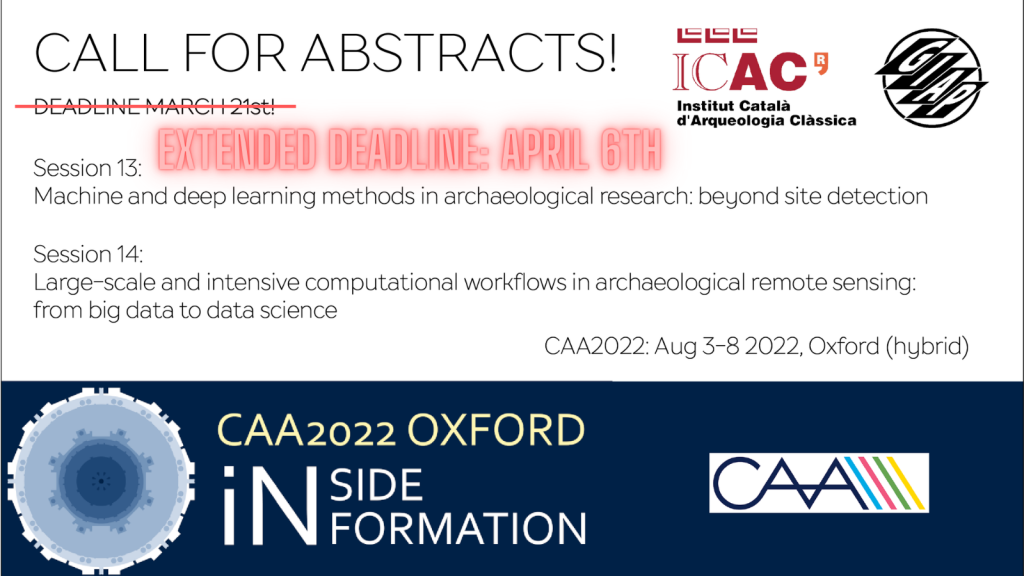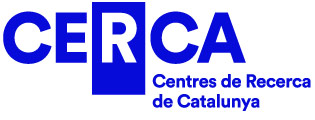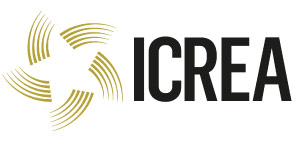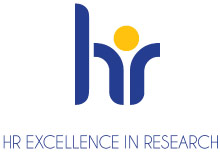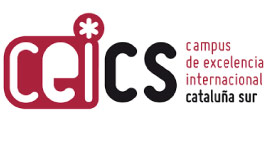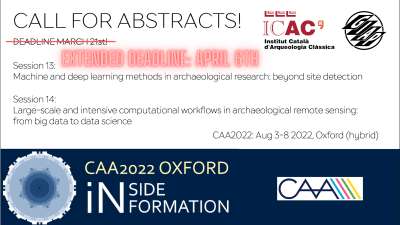
Abierta la convocatoria para presentar propuestas para el congreso CAA2022 (Annual Conference of Computer Applications and Quantitative Methods in Archaeology) que se celebrará del 3 al 8 de agosto de 2022 en Oxford, en formato híbrido.
Echa un vistazo a las propuestas del equipo GIAP, que lidera dos sesiones del congreso:
S13: Machine and deep learning methods in archaeological research: beyond site detection
Although machine learning (ML) and deep learning (DL) related methods have been in use for several decades, they have only been applied to archaeological problems recently. Some early implementations focussed on the classification, seriation and analysis of material culture such as artistic representations (Barceló 1995a and 1995b, Di Ludovico and Ramazzotti 2005), use-wear of prehistoric tools (Van den Dries 1998), historical glass artifacts and ancient coins (Van der Maaten et al. 2007).
The application of ML and DL in archaeology has experienced a strong turn towards the detection of archaeological sites during the last years (but see Wright and Gattiglia 2018 and Orengo and Garcia-Molsosa 2019 for the identification of ceramic fragments and Oonk and Spijker 2015 for geochemical analysis) making heavy use of multispectral satellite and lidar data. Since the pioneering work of Menze and Ur 2012, the wider availability of data (in particular high-resolution lidar), cloud computing platforms and AI processes and code has boosted ML and DL site-based detection (e.g. Lisset al. 2017, Trier et al. 2018, Berganzo-Besga et al. 2021).
Some of the suggested topics for the session are:
- Case studies on the application of AI to different sources of archaeological information. That can include the analysis of texts, artistic representations, bioarchaeological remains, material culture, or archaeological sites. Combinations of such will be particularly welcome.
- Best practices and procedures, which can include comparative analysis. We are interested in examples on how to approach sensible datasets and how to facilitate reproducibility and Open Science principles in general.
- Big data, data cleaning, data augmentation, and data ingestion, as transversal challenges in many fields. Contributions addressing how researchers are developing, working with, and taking advantage of large datasets, problems arising, and potential solutions.
- The continuously increasing availability of detectors and methods makes sometimes difficult to select the best processes and algorithms for specific tasks. In this regard, we welcome talks on algorithm selection, modification, and performance evaluation.
- Talks addressing the development of computationally cost-effective workflows, in particular for the use of analysis of large datasets and the application of intensive computing processes will constitute a welcome addition to the session’s discussion.
S14: Large-scale and intensive computational workflows in archaeological remote sensing: from big data to data science
The last few years have seen an unprecedented advance in the application of computational approaches for the remote analysis of archaeological landscapes, sites, and features. This progress is mostly related to improvements in availability, diversity and quality of remote sensing data acquired from multiple platforms (ranging from satellite imagery to UAVs) and sensors (e.g. multispectral, radar, lidar, thermal) but also to increased access to high-performance computing.
This is partly related to the development of multi-petabyte catalogs of geospatial datasets linked to cloud computing environments accessible through web-based application programming interfaces associated with interactive development environments. These have granted the research community unparalleled access to geospatial data and computing power and facilitated the development of large-scale, multi-temporal, and multi-sensor analyses of the Earth’s surface.
We encourage submissions that highlight innovative remote-based archaeological applications in the following or similar topics:
- Implementation of high-performance computing workflows
- Application of cloud-based computing platforms to archaeological remote sensing problems
- Use of multi-petabyte repositories of geospatial datasets
- Complex computing or multiplatform workflows
- Remote sensing analysis of large areas
- Landscape analyses over time-series
- Geospatial data cleaning and preparation
- Synergistic use of multispectral and radar satellite imagery
- Integration of multi-sensor or complex types of remote sensing data
For more details about the sessions, follow this link: https://2022.caaconference.org/sessions/
The call for abstracts is now open (deadline for submissions March 21st, 2022). Extended deadline: April, 6th, 2022!
Link to the online submission process: https://2022.caaconference.org/call-for-papers-and-posters/
